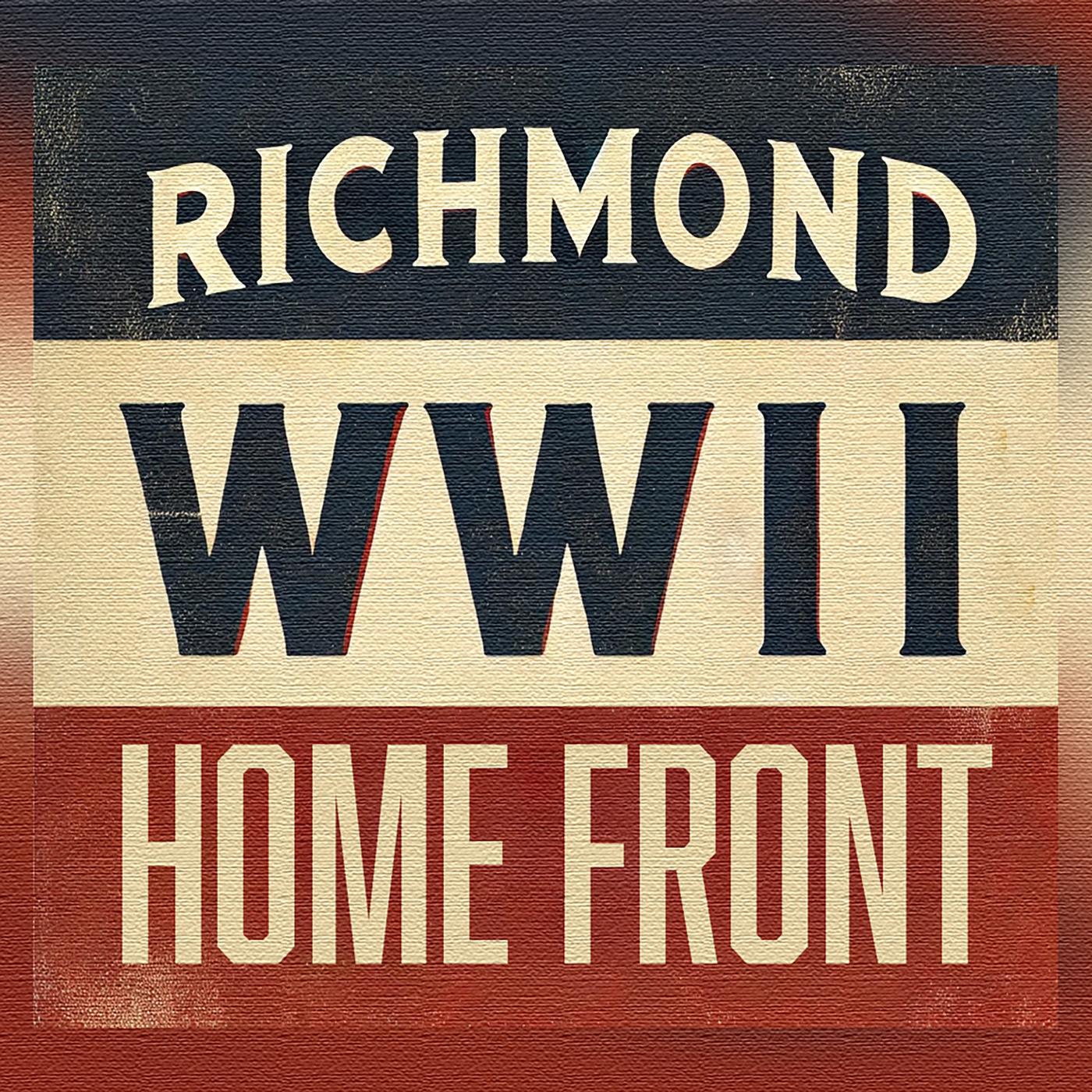Episode 1
Why Richmond, California?
Transcript
Welcome to the Rosie the Riveter/WWII Home Front National Historical Park, which was established in the year 2000. Richmond, California was chosen as the site for this National Historical Park because it has so many surviving sites and structures from the World War II years that can help tell the diverse stories of the home front. These stories include the mobilization of America’s industry and the changes in production techniques; the struggle for women’s and minority rights; the labor movement; the growth of pre-paid medical care; advances in early childhood education and day care; recycling and rationing; major shifts in population; and changes in arts and culture.
Richmond played a significant and nationally recognized part in the World War II home front. The four Richmond shipyards produced 747 ships, more than any other shipyard complex in the country. Richmond was also home to over 56 different war industries, more than any other city of its size in the United States. The city grew from less than 24,000 people in 1940 to over 100,000 people by 1943, overwhelming the available housing, roads, schools, businesses, and community services. At the same time, Executive Order 9066 forcibly removed Japanese and Japanese American residents from the area, disrupting Richmond’s thriving cut-flower industry. The war truly touched every aspect of civilian life on the home front. Through historic structures, museum collections, interpretive exhibits, and programs, the park tells the diverse and fascinating story of the WWII home front.
This is one of a handful of national parks that does not own any land. Instead, the park consists of a collection of historic sites protected through community partnerships. Many of these historic sites remain over a half-century later and have been protected to help tell the story of the wide-ranging civilian, industrial, and governmental efforts that supported the nation during WWII.
This narrated introduction sets the stage for the Rosie the Riveter/WWII Home Front audio series. Learn why Richmond, California became the site of this unique national park, and explore the powerful stories of industry, resilience, and social change that shaped America’s World War II home front.
Produced by Luther Bailey and narrated by Lauren Goode.

